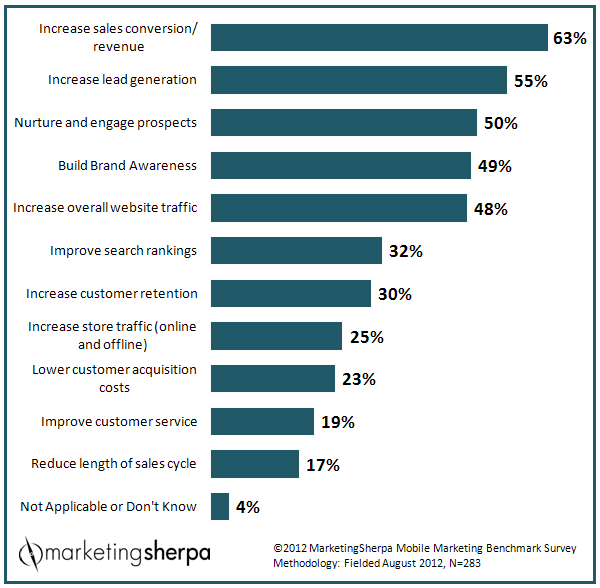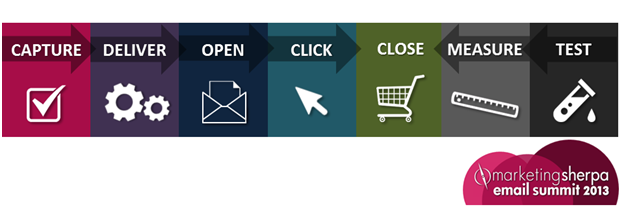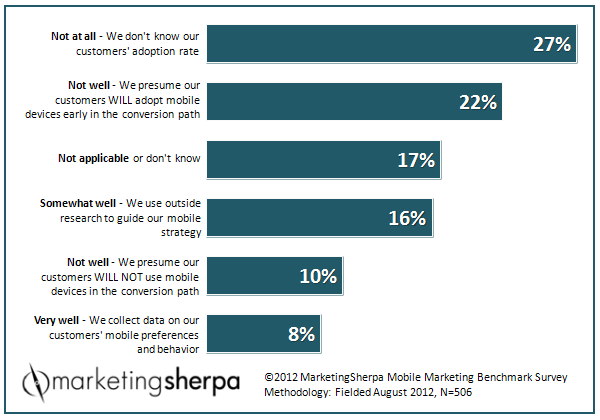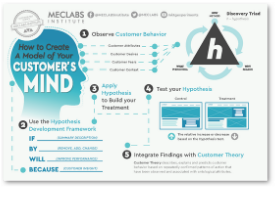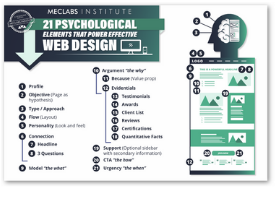Originally published on B2B LeadBlog
Dear Daniel,
First of all, happy new year!
I thank you so much for your complete and interesting feedback. It has been very useful for me.
Just one thing: may you give me some objective parameters to define a lead as qualified? I found so many definitions, and I’d like to ask for your support to point my attention to the best definition you’ve in mind.
I thank you again for your kind cooperation and, if you don’t mind, I’ll keep you updated to this project we’re carrying on in these first months of 2013.
With my best regards
Felix Mathew, marketing director, Rome, Italy
Felix had earlier asked me some questions about cost per lead, which I won’t share here, since the information is private to his company. However, I thought it would be helpful to publicly answer his follow-up question, about lead qualification, on the B2B Lead Roundtable Blog. I thought it might assist many readers, especially those newer to the complex sales and marketing process (and thank you to Felix for allowing me to share this publicly).
Lead qualification is …
First, let’s start with a basic definition. Defining a lead as qualified basically means they are qualified to talk to a sales representative. Essentially, this is a prospect who has a high likelihood to buy and is ready for sales engagement. Simple enough, right?
Well, that’s where simplicity breaks down. There is no one single way to determine what makes a lead qualified or not. Just as, to wax philosophic for a second, there is no single definition of beauty or love or good art or what good music is (or else my daughter would listen to much more Pearl Jam).
The best place to start is with a universal lead definition. This involves a sales-marketing huddle since, much like good art, it is not only the artist but also the art viewer and buyer that must agree on a definition. To put it more bluntly — if Sales doesn’t think the lead is qualified, it ain’t qualified.
Some of that involves actually listening to Sales and understanding what works for them, and some of it involves a little soft marketing power to sell the sellers, if you will, on why you define a qualified lead a certain way.
Now that we’ve defined a qualified lead, let’s focus on the question itself … objective parameters. Here are a few parameters you might want to consider, from least to most complex. This is by no means a comprehensive list, but rather a starting point to help get your juices flowing in conversations with Sales.
Contact information
This is the weakest qualification criteria I can think of, and would not constitute a truly qualified lead for many organizations, except in the rare case when …
I worked with a tech company in a market niche that hadn’t yet had any real competition, yet was extremely fast growing. If you’re lucky enough to find yourself in a similar situation — a low competition, very high-growth market — it might not take much to qualify a lead. This is as close as you’ll ever get to “the product that sells itself.”
In this case, the biggest challenge is throughput, closing as many leads as possible before the competition enters the market (and, they will inevitably enter the market if things are really this good). The sales conversation tends to focus on areas such as contract terms or service availability, and Sales might simply want you to give them names and get out of the way.
Again, this is a very rare case, but if this is your situation, you might find by talking to Sales that all they want is contact information, and they can close the deal at that point.
Firmographics
This won’t be helpful to every sales department, but simple firmographics is also information that is on the easier end of the spectrum.
For example, if your organization is far and away the leading service provider in a certain geographic area, for a certain organization size, or in a certain industry, this might be enough information for Sales to consider the lead qualified.
However, if you are, say, the leading systems integrator for a certain technology in Jacksonville, you are only wasting Sales time by giving them a lead from Seattle. That would not be a qualified lead.
BANT
BANT stands for Budget Authority Need Timeline (or Timeframe). This is a lead qualification and scoring methodology originally developed by IBM, but now commonly used.
You can instantly see how this would be helpful for a sales force, and where it takes place in the sales-marketing continuum can vary by organization.
Based on your organizational needs, you might decide that one or all of these factors are necessary for a lead to be considered qualified.
Also, by understanding some of these aspects, even if you’re not identifying a qualified lead, you are identifying excellent candidates for a nurturing track that eventually results in qualified leads (for example, Timeframe or Authority).
Behavioral analytics and lead scoring
Lead scoring (most effective when combined with behavioral analytics) is a more thorough, and therefore more complex, way of determining a qualified lead.
Much like with a blind date, with lead scoring you are essentially giving points to different characteristics or actions that signal a (sales) engagement is a likely outcome of this relationship (she’s physically attractive, +2; she keeps talking favorably about that political candidate that I think wants to ruin our country, -114).
The benefit of including behavioral analytics is that you can use the prospect’s actions to help qualify them. For example, if they download a whitepaper on your company’s specific wireless display architecture, that might warrant more points than simply checking a box on a lead form indicating a general interest in display standards.
To help with your own lead scoring efforts, here is a look at the top factors your peers use in lead score calculations, from the MarketingSherpa B2B Marketing Handbook …
Q. What actions or traits are currently considered in your lead scoring calculation?
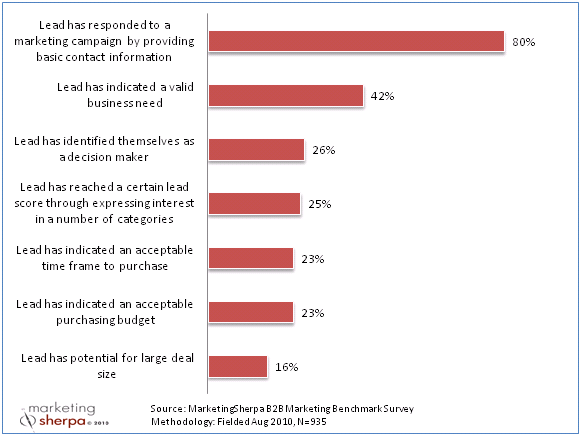
Predictive analytics
This is on the harder end of the lead qualification spectrum because it involves math. It is also a non-traditional way to qualify a lead (and is used more often for lead generation).
But if you have a big old messy database, terms like predictive analytics, partition analysis, and regression analysis might be good to discuss with your data analysts … and might help you find some hidden treasure.
At a very basic level, you want to ask your data analyst to look for any commonalities between those already in your database of leads and your current customers. What attributes of your current customers might you have perhaps overlooked in leads that have gone cold?
This whole process might help your entire lead qualification effort, as well, by uncovering attributes that neither Marketing nor Sales has identified as predictors of the likelihood that sales engagement will lead to a closed deal, information that you can then use in your lead scoring or other lead qualification efforts.
Hand raiser
This is, by far, the hardest way to qualify a lead. These are also, in my opinion, the most valuable qualified leads.
By “hand raiser,” I mean someone that is actively in search of sales engagement from your company and is volunteering information and urging you to get in contact with them.
From my experience, this usually only happens with a really good lead nurturing or inbound marketing program.
Related Resources:
Why the Term “Marketing-Qualified Lead” Creates Serious Confusion — Part I
Universal Lead Definition: Why 61% of B2B marketers are wasting resources and how they can stop
Lead Generation: How 64% of marketers starve Sales of opportunity
Optimizing the Lead: 4-step lead generation analysis



